
Cacao and weight loss
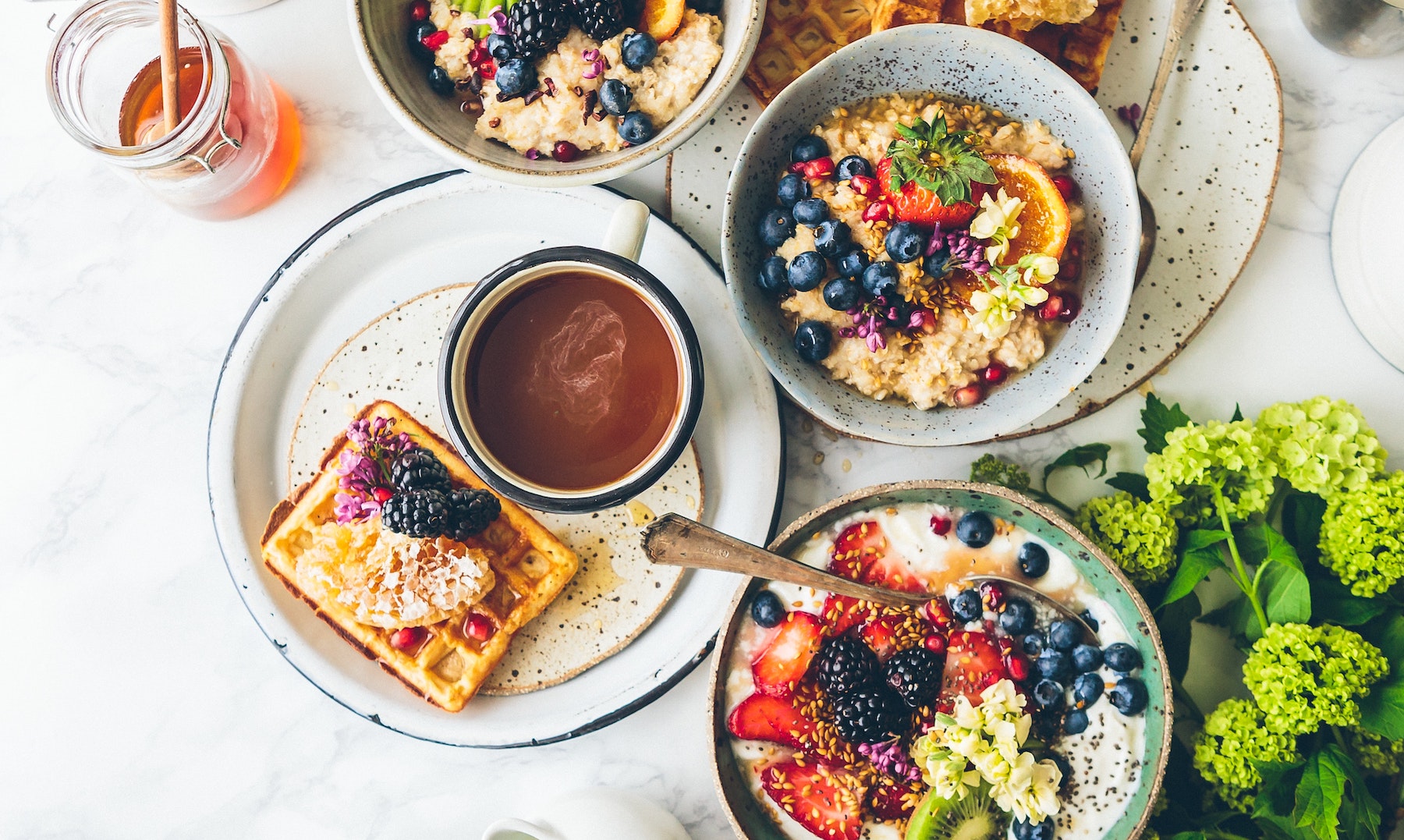



Cacao and weight loss: what you need to know
While more research is needed, it does look like cacao really could help with weight loss. For example, one scientific study found that ‘adults who consumed chocolate more frequently had a lower BMI.’ Another study concluded that ‘consumption of chocolate with a high cocoa content can significantly increase the success of weight loss diets.’
That second study used dark chocolate with at least 81% cocoa. And that’s the clincher. It’s the cocoa (or cacao to be precise) that’s the crucial element.
Why might cacao help with weight loss?
Cacao contains caffeine and theobromine, which could help to boost your metabolism and reduce cravings. It’s also believed that eating cacao increases the production of a protein called adiponectin. Adults with a higher level of adiponectin in their blood tend to have lower levels of body fat.
Plus, the protein in cacao helps to keep you full for longer. And that’s not all… Cacao has also been found to enhance your mood, meaning you’re less likely to overeat.
Put this altogether, and you’ve got a better chance of losing weight.
Does cacao curb your appetite?
The jury is out on this one, but it certainly seems that cacao might help to curb your appetite. It’s been found to lower ghrelin levels (ghrelin increases appetite) and increase serotonin, which supresses appetite. As mentioned above, cacao is also high in protein so can help to keep you full for longer, and it might also help to reduce cravings.
Even just smelling chocolate can reduce your appetite!
Is cacao bad for you?
Quite the opposite. There are numerous cacao powder benefits. For a start, cacao is rich in fibre, iron, potassium and calcium, along with antioxidants, polyphenols and other nutrients. (Fun fact, cacao contains more antioxidants per 100g than acai, goji berries or blueberries.) You can find out more about the health benefits of cacao here.
What’s the difference between chocolate and cacao for weight loss?
Cacao is made by grinding cocoa beans and is minimally processed. A bar of chocolate, on the other hand, is made from cocoa butter and usually has several added ingredients, including sugar. Dark chocolate is healthier than milk or white chocolate, but many of the nutrients will still have been lost in the manufacturing process.
So, to cut a long story short, if you want the full benefits of cacao, you’re best eating it in its purest form rather than in a bar of chocolate.
Does cacao cause weight gain?
Unlike processed chocolate, cacao has no added sugar. Cacao does contain calories like any other food, but because of the intense, rich flavour, you’re unlikely to eat it in high enough quantities for it to cause weight gain.
Does chocolate help with post-exercise recovery?
Whether you’re trying to lose weight or you just want to stay mentally and physically healthy, exercise is a must. However, post-workout inflammation can lead to achy muscles, cramps and fatigue. So, it’s crucial to stretch properly after exercise and eat a healthy snack. You’ll want to choose something that’s low in sugar but high in theobromine, magnesium, carbs and protein. Why?
- Theobromine fights inflammation
- Magnesium helps muscles to recover
- Protein gives your body the amino acids it needs to repair and rebuild muscle tissue
- Carbs restore energy and replenish your glycogen stores, which help muscles to recover and reduce post-exercise fatigue
As you’ve likely guessed by now, cacao ticks all the boxes, particularly when it’s combined with milk. Mo Farrah apparently swears by a glass of chocolate milk for post-exercise recovery, and nutritionists agree with him.
If you’re in a hurry, just add a tablespoon of raw natural cacao powder and a dollop of honey to a glass of milk and give it a good stir. But if you have a bit more time, go for a Mocha Mint Smoothie. The added banana, spinach, mint and protein make it the perfect recovery drink.
What type of cacao is best?
It really depends what you use it for. If you’re making energy balls, we recommend Organic Cacao Powder. Looking for an instant healthy snack? Go for Cacao Nibs. They’re great for nibbling on and can be used to replace nuts in most recipes. Fancy livening up your morning routine? Pick up a bag of Pure Cacao Melts and make a batch of Chocolate Orange Oatmeal.
If you’re eating cacao mainly for its health benefits, you’ll want to eat it raw. Cooking it (in brownies for example) reduces some of the nutrients. Probably the easiest way to reap the benefits is to just add a tablespoon of Organic Cacao Powder to a smoothie.
What’s the difference between cacao and cocoa?
Cocoa and cacao both come from cocoa beans. Cocoa, however, is roasted and alkalised. This reduces the bitterness and enhances the chocolatey flavour, but it also reduces some of the nutrients. Strictly speaking, cacao is the raw form of cocoa. However, the two terms are often used interchangeably, so it’s not always easy to figure out which one you’re buying.
We sell both cacao and cocoa. Both are made from ‘fino de aroma’ cocoa beans, which are judged to be in the top 8% of cocoa beans in the world. And our Organic Cocoa Powder is only very lightly alkalised, so more of the nutrients are retained. Plus, unlike other brands, we don’t add sugar to our cocoa powder.
Whatever you choose, try to buy fairly traded cacao and cocoa. It really does make a difference to farmers’ lives. All our products are fairly traded. In fact, ours was the first Fairtrade cocoa to be launched in the UK.
Healthier chocolate dishes
Inspired to add more cacao to your diet? Here are three healthier ways to enjoy chocolate, including our fail-safe, grandma-would-be-proud hot chocolate recipe, and our decadently rich (and vegan!) chocolate fudge. Enjoy…

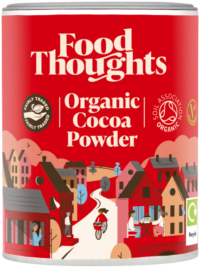
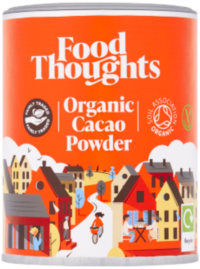
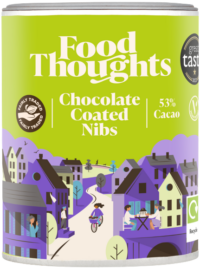


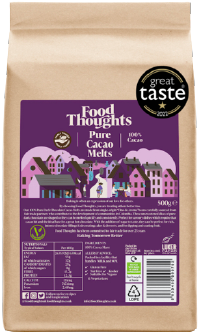
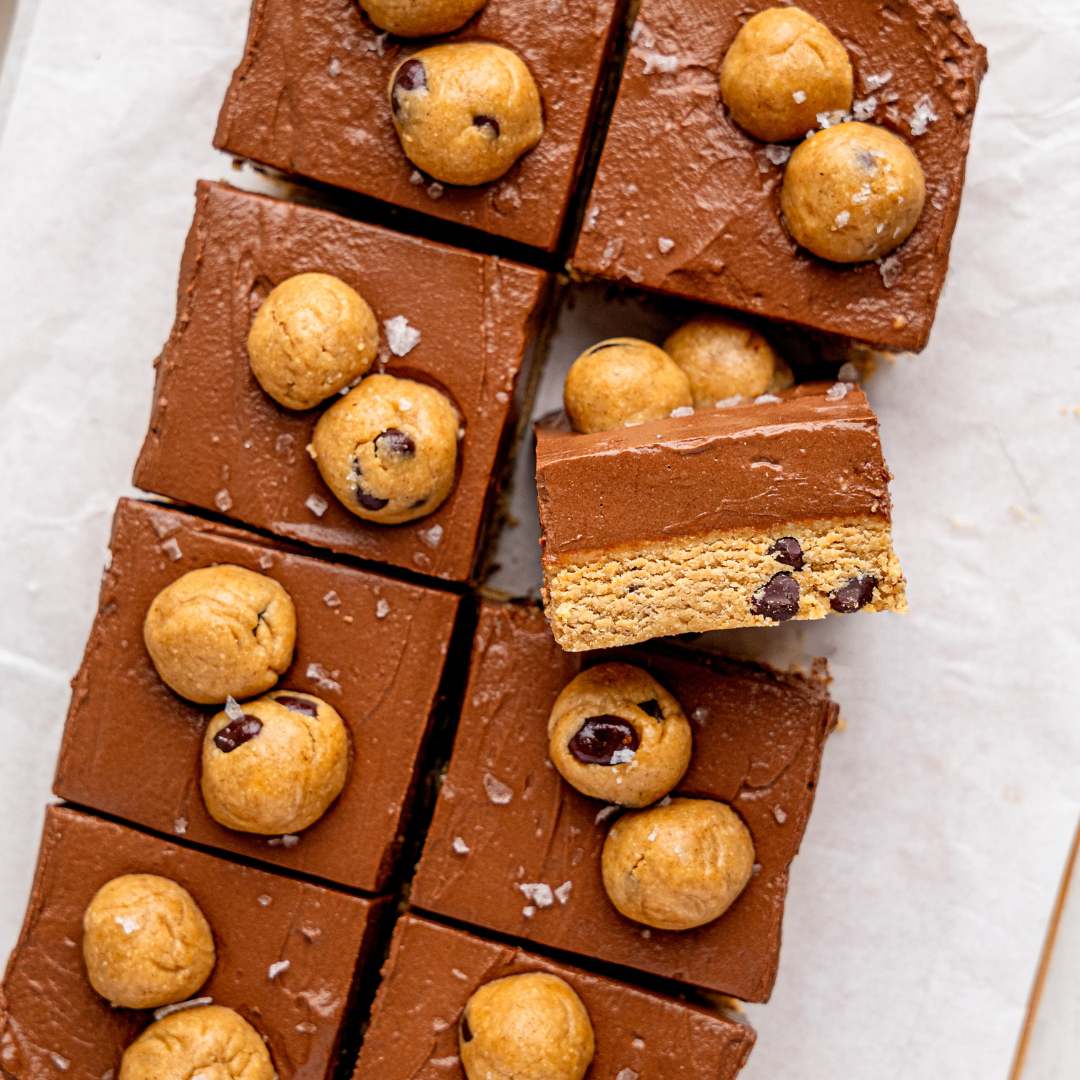

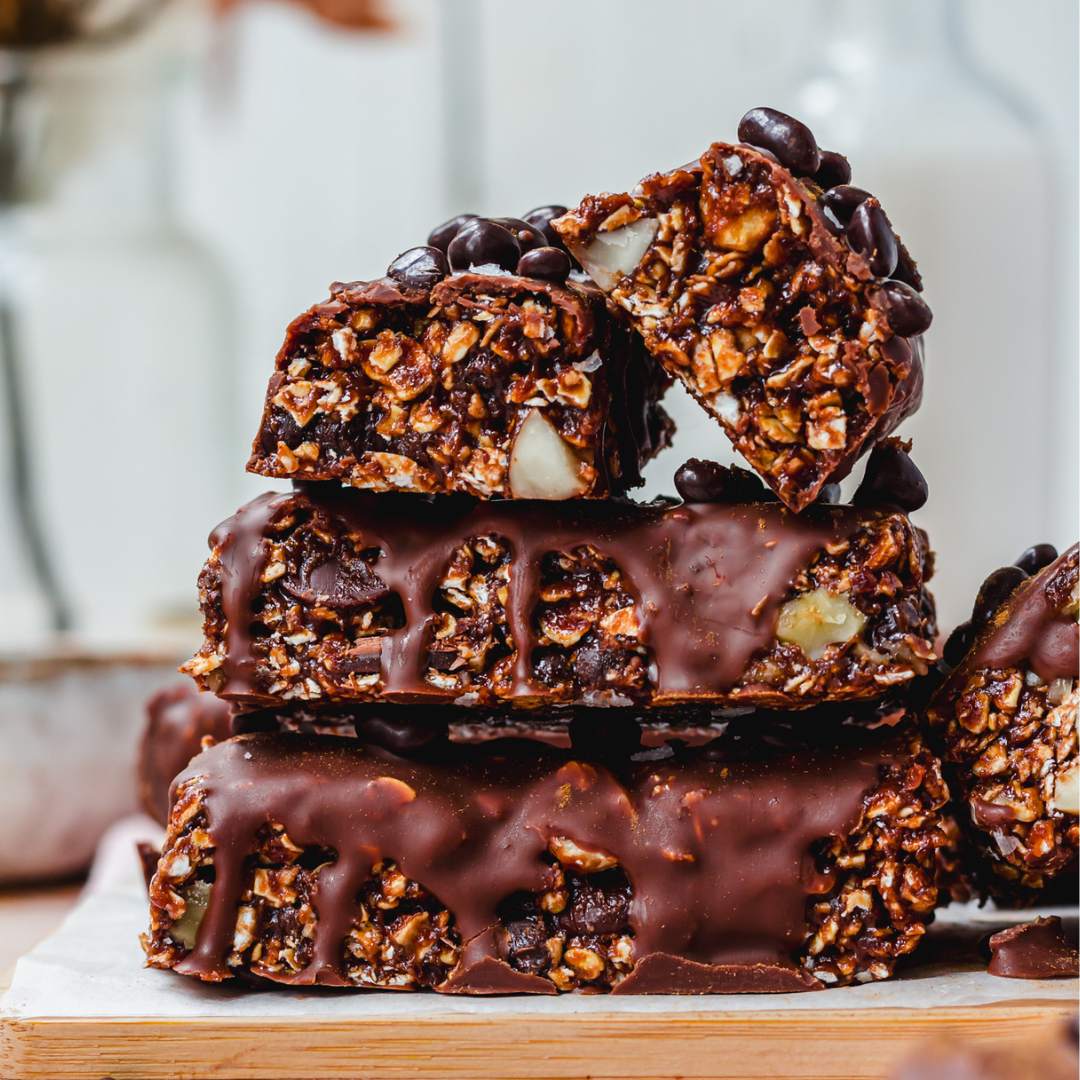
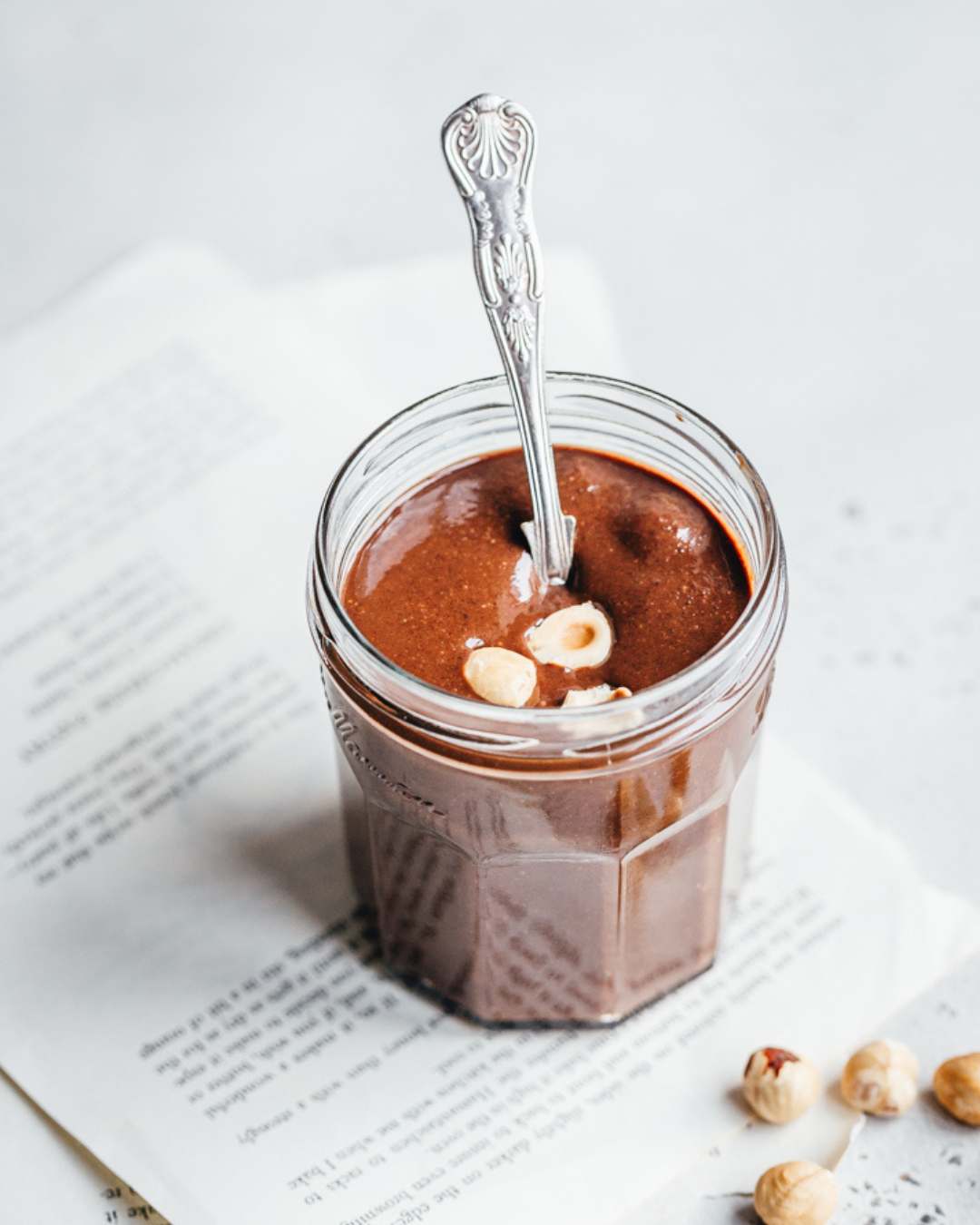
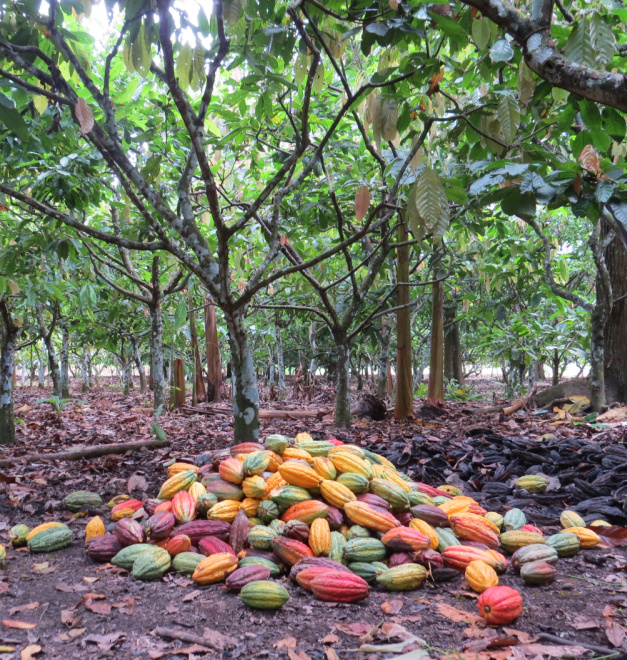

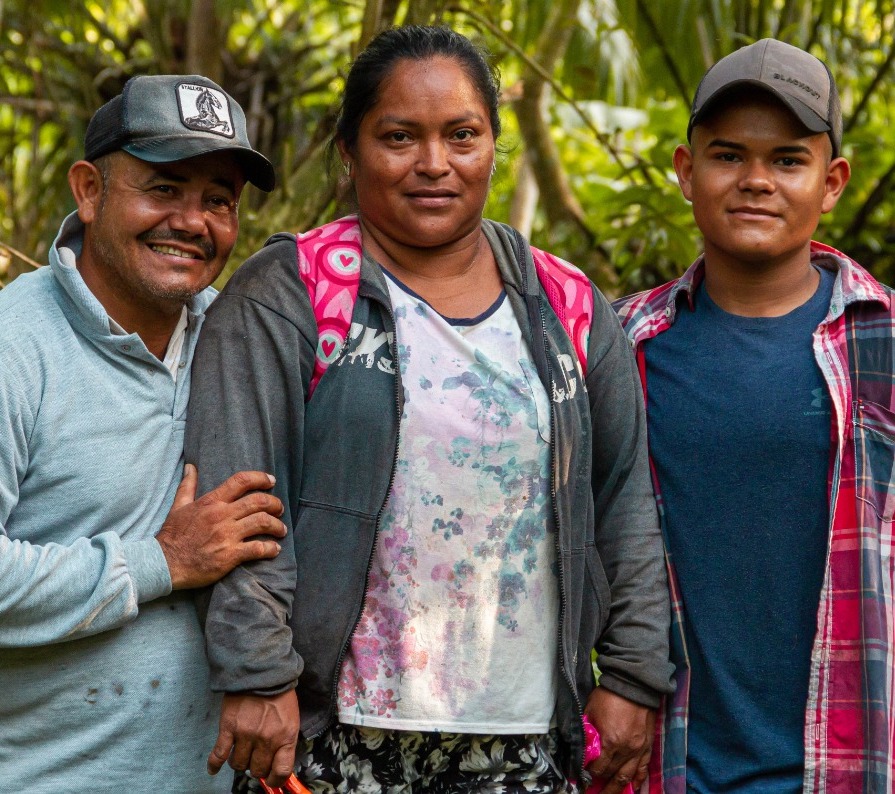
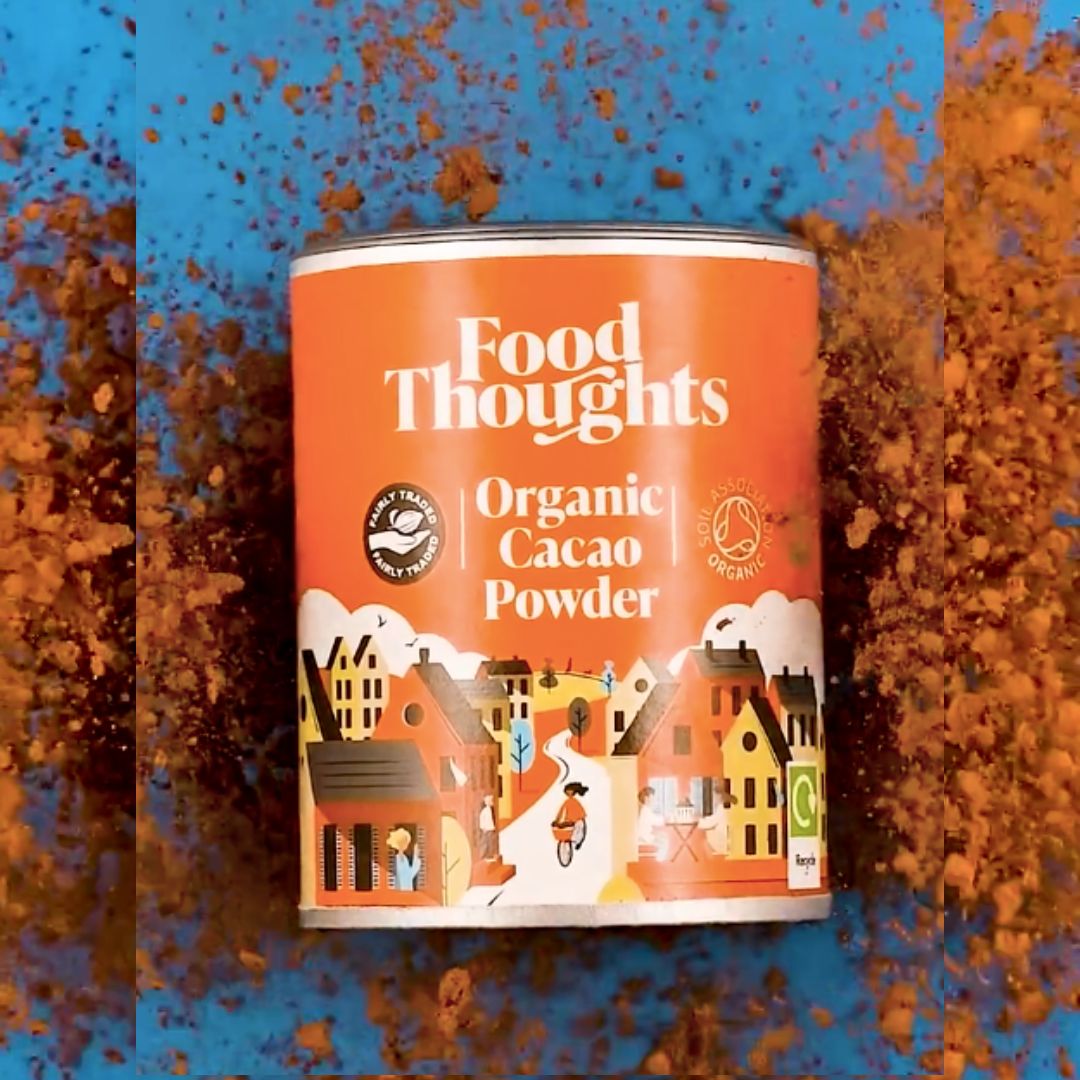

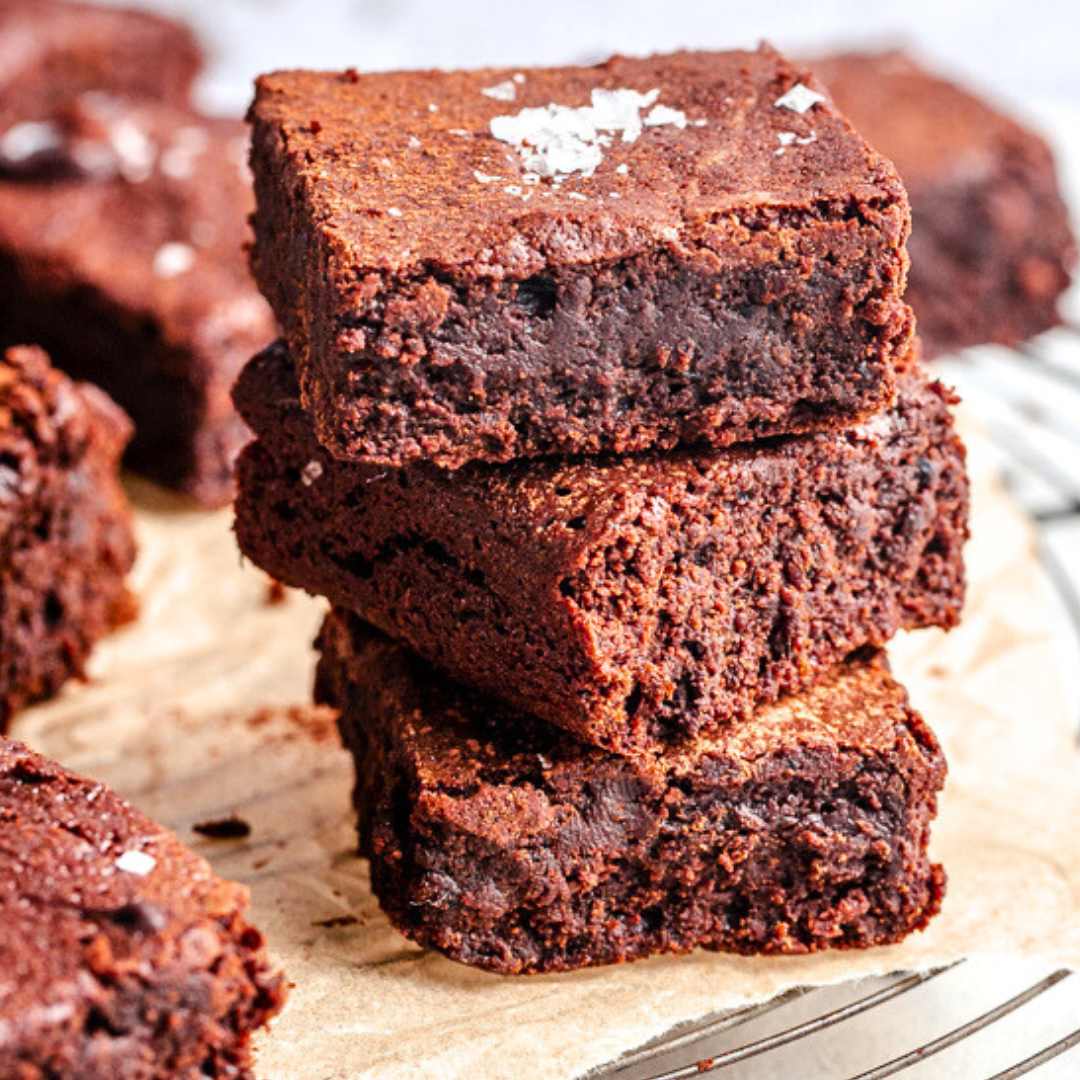
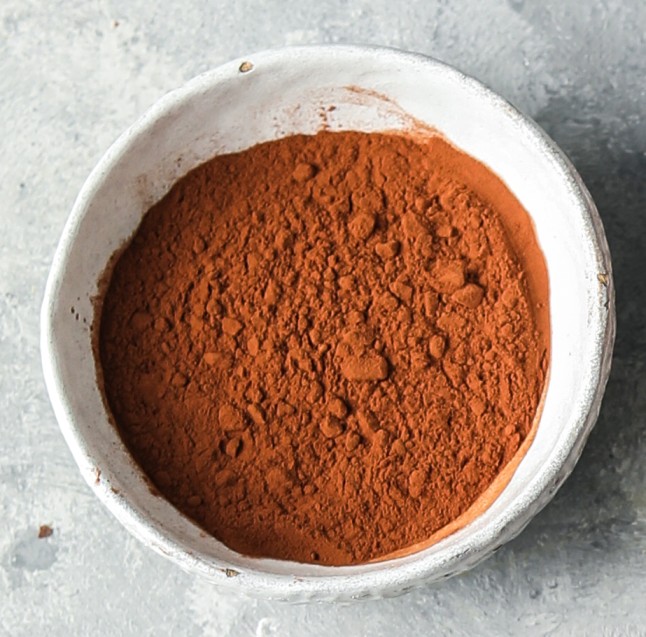






Share this